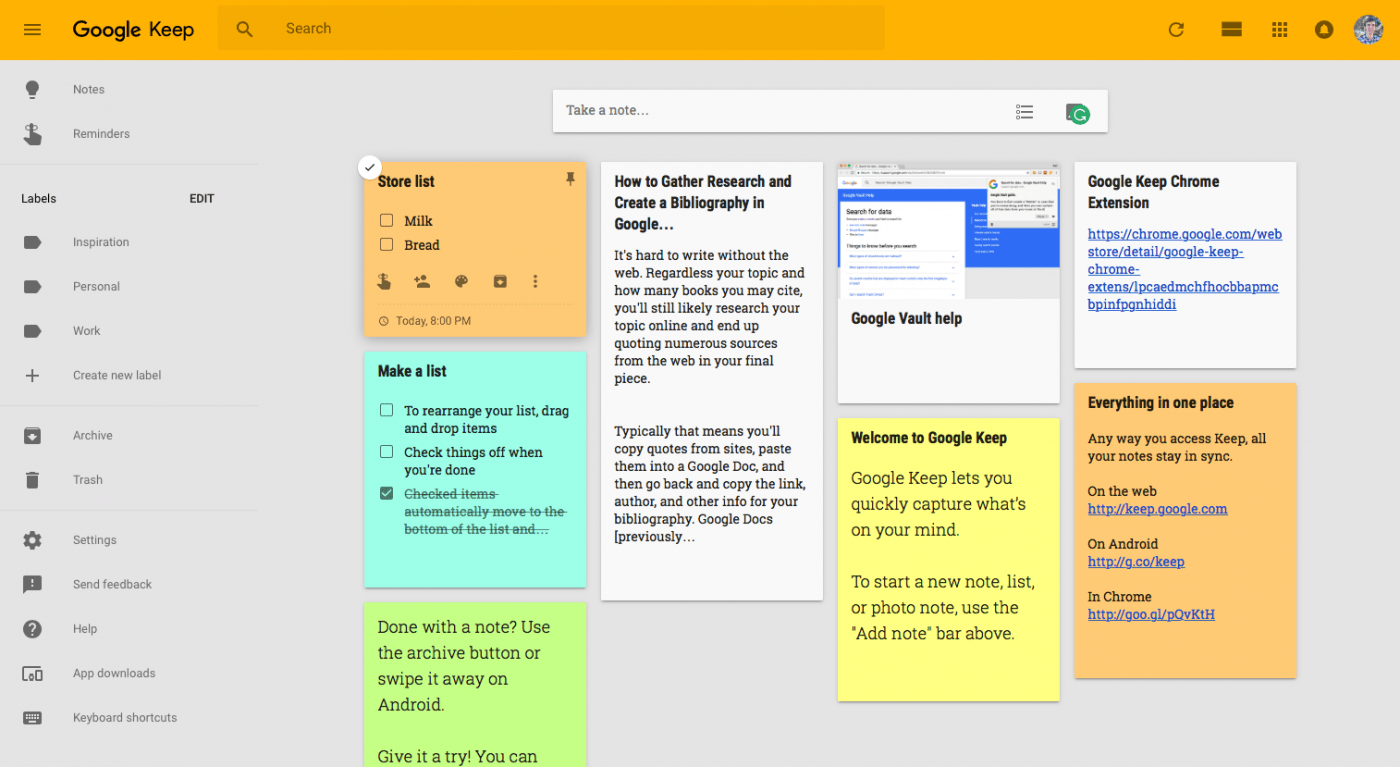
When paired with a special Moleskine with smart stickers, the experience is even better. All Evernote apps include OCR functionality to turn handwritten notes into searchable text and on iOS - and now Android - supports a feature called "page camera" that is designed to help users take notes directly from a notebook. Photo notes are where Evernote really shines. Both apps also allow users to add text to that note for more context. Verdict: The audio experience is slightly better on Evernote but if you are running Android Jelly Bean, the speech-to-text dictation experience is nearly identical.īoth Google Keep and Evernote allow users to create notes based on a photo. 3Gpp format) first.Įvernote audio files play back within the app, on the web or on the desktop apps for Windows or Mac. Instead, you need to download the file (which is stored in the. What's interesting is that on ICS versions of Google Keep, those audio files are still playable within the Keep app.Īudio files do not play inline on the web version of Google Keep. If you're using Jelly Bean (we only tested this with Android 4.2, but we assume it will also work on Android 4.1), the audio file associated with the voice note is also stored. No audio version of the note is stored on the Google Keep servers. If you're running Android 4.0 "Ice Cream Sandwich," notes are simply converted from speech to text. With Google Keep - audio notes work differently depending on what version of Android you're running. Users can also create pure audio notes that can be tagged with other data. By default, the audio version of the file is stored alongside the converted text.



With speech to text notes, you simply dictate what you want your note to say and Android's built-in speech-to-text software converts it to text. Evernote for Android includes the option to create either audio notes or speech-to-text notes.


 0 kommentar(er)
0 kommentar(er)
